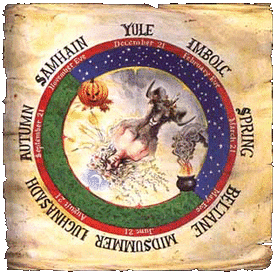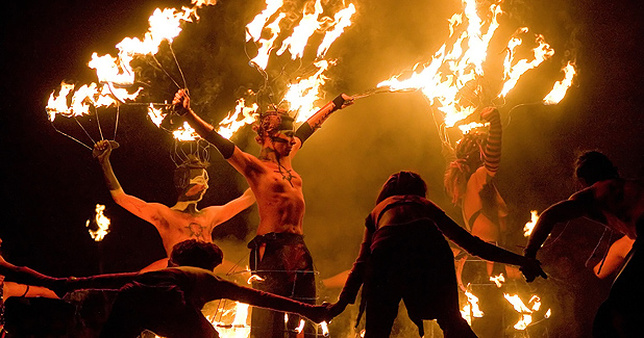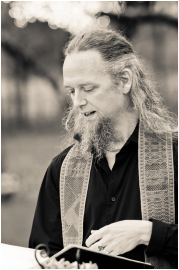
Today is Imbolc, or St. Brighid's Day - Imbolc is the name of the pagan festival celebrated on what was the first day of the Old Spring. Sometime centuries thereafter, it was appropriated and in Christian times it was transferred to Candlemas.
This is a special time of the year; in addition to the four solar events of the Equinoxes and Solstices, most of the ancient cultures had an 'eight-spoke wheel of the year'. So, it was not unique to the Celts, from whom I draw inspiration and lineage, in seeing this time as a beginning of vernal stirrings.
In the archaic Roman calendar, February was the last month of their calendar year- the name derives from februa, which means 'the means of purification or expiatory offerings.' February marked a turn of season bringing the renewal of agricultural activities after winter. This is how we've come to celebrate this day, the center point between the winter solstice and the vernal equinox in the northern hemisphere.
The word itself, imbolc derives from the old Gaelic, i mbolg meaning 'in the belly' referring to the lambing season and the pregnancy of ewes. Imbolc was immediately followed by the Christian Candlemas; therefore, sometimes the names are used interchangeably.
Imbolc is also called Saint Brighid’s Day, Lá Fhéile Bríde, Là Fhèill Brìghde or Laa’l Breeshey, all festivals honoring Brigid. Each of these represent the first promise of Spring, fertility and life, and are held at the place halfway between the Winter Solstice and the Spring Equinox; one of the eight-spokes of the year.

This holiday is a festival of the hearth and home; it stands as a celebration of the onset of the lengthening of days and the early promises of spring. That’s how it got associated with Groundhog’s Day and all of the trapping, although I believe it was originally a badger, but I digress…
Celebrations often involved hearth-fires or bonfires, special treats made from dairy products, clairvoyance, scrying, divination or watching for omens, and the lighting of candles – hence Candlemas. These ideas of fire, of seeing and of burning all show that purification is an important part of the festival. The lighting of candles and fires represented the return of warmth and the increasing power of the Sun over the coming months, as well as the burning away of the old.
So, celebrate - enjoy, light a candle or make a fire. Consider what should be left behind, and with intention, place that in the fire. Propitiate, make offering, give it up and enjoy your Imbolc!!
Give thanks and praise!



